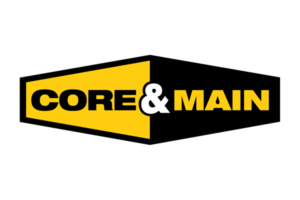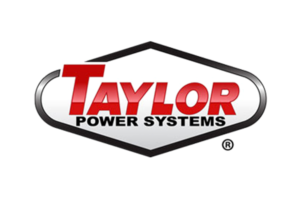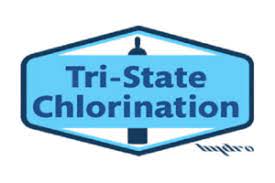By now, most folks have either heard about or found the AVR (Alleged Violation Report) form at www.msdamageprevention.com.
Some have asked, “When should I submit an AVR or when should I report someone who is violating the dig law?” To this question there is no right or wrong answer. From the earliest days of working to include enforcement (education and/or civil penalties) the idea of enforcement was promoted as a last resort. The hope was that stakeholders would continue to try to resolve issues in the field as they had done in the past and if resolution was not possible, enforcement was an additional step to be used to encourage behavioral change.
The AVR is an access point to the Enforcement Board. If you feel that the enforcement process will help you do a better job of protecting your underground infrastructure, then submit an AVR. Here are a few things to remember when submitting one.
You will notice a red asterisk beside some of the requested information. This means that that field is a required field. While the other information is not required to fill out the form, it will assist in investigating or locating the alleged violation.
You should know the ten steps below to successfully submit an AVR:
- The form requires you to enter your name and contact information including your email address and phone number. There will likely be questions regarding the alleged violations and without being able to contact you, it would be impossible to continue the investigation.
- The form then directs you to enter the person or company that committed the alleged violation, along with contact information of the alleged violator if known.
- Below the address fields of the alleged violator are six (6) types of alleged violations under the heading of “Type of Alleged Violation.” As this is a required field, you must check one of the boxes listed below.
- Excavating without a one call ticket
- Excavating early
- Mechanical excavating within the marks
- Failure to locate (meaning failure to mark, paint or flag)
- Did not locate within the required time
- Other (include below)
- If you select “other”, it is critical you clearly describe the alleged violation in the text box immediately below. Remember, a violation can occur without a damage and it is possible to have a damage where no violation has occurred. Mississippi’s process for enforcement for violating the dig law is complaint driven, so it is important to note that the investigator is permitted to investigate only the alleged violation as reported, so be specific in your description of the alleged violation.
- Directly below the “other” text box is another required field. The Enforcement Board wants to know whether a damage occurred as the result of the alleged violation. The required response is yes or no. If you select yes, a dropdown menu is displayed asking you to identify the type of utility that was damaged. Just select the appropriate utility type(s) and identify whether the damage was a service line or a main line.
- You’re almost through with the form but there is some general information requested. Ticket number if known and of course we need to know the location of the alleged violation.
- For the most part, filling out the form is self-explanatory. Take a look at the section that allows you to “upload an Image/File.” Uploading a PDF or photo is really quite simple. Just click on the “Select Files” button and select the document or photo(s) from your computer or phone that you want to submit and upload.
- Submitting AVRs without any supporting documentation and/or photos will likely end in no violation and a lot of frustration. The more documentation you provide to support your alleged violation, the better your position. You can upload photos, documents, sketches, police reports, etc… any documentation that you think will prove your case conclusively.
- Any photos submitted will be even more effective if they are date and time stamped and helps you tell the story of the violation.
- Once the AVR is received, it will be reviewed, investigated and submitted to the Executive Committee appointed by the Enforcement Board. Following the Executive Committee’s ruling as to whether a violation could be verified, the violator and complainant will be notified as to the determination.
For more information about the AVR or the process, you may contact Roger Cox, Executive Secretary at enforcement@msdamageprevention.com or call him at 501-269-1000.





























